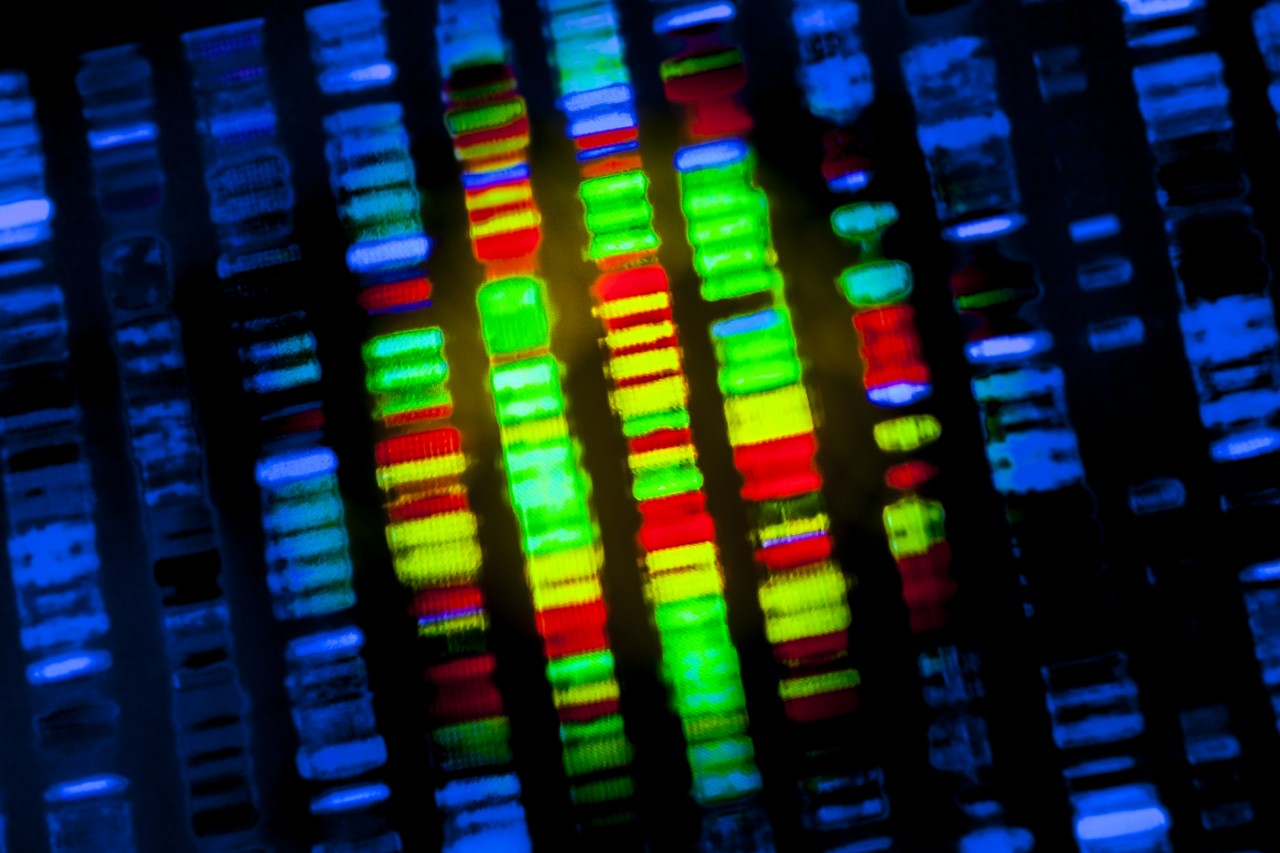In a recent paper published in PLoS One journal entitled “Molecular Markers of Tubulointerstitial Fibrosis and Tubular Cell Damage in Patients with Chronic Kidney Disease“, researchers reported novel insights on how chronic kidney disease (CKD) progresses.
CKD is a condition where renal function deteriorates in a progressive manner over a period of time. Patients with CKD may experience a loss of appetite, increased blood pressure, iron deficiency, fluid volume overload and potassium accumulation in blood. CKD results in a large number of deaths that may reach hundreds of thousands per year.
The condition is diagnosed by means of clinical picture combined with evaluation of levels of serum creatinine. Clinicians classify the severity of CKD into five main stages, where stage 1 is mild with few symptoms and stage 5 is serious with risk of death if left untreated by means of dialysis or kidney transplant. In this progression, Tubulointerstitial Fibrosis (TF) and Tubular Cell Damage (TCD) have been identified to induce physiological changes. However, the mechanisms on how the disease progresses and what species are involved are not yet fully identified.
In this study, researchers wanted to report new insight into these mechanisms, and as such, they analyzed kidney biopsies of a total of 48 patients with confirmed CKD. The molecular biomarkers extracted from the samples were determined using standard analytical methods and the results indicated that 5 CKD biomarkers were differentially expressed in CKD, namely hepatitis A virus cellular receptor 1 (also known as Kidney Injury Molecule-1, KIM-1), lipocalin 2 (also known as neutrophil gelatinase-associated lipocalin, NGAL), SRY-box 9, WAP four-disulfide core domain 2, and NK6 homeobox 2. These markers correlated with TF and TCD determined by microscopic examination of kidney tissues.
The results from human biopsies were validated in a mice model of CKD, which demonstrated that expression of these 5 biomarkers increased as kidney damage progressed. The team then calculated a molecular score using the microarray gene expression profiles of the biopsy specimens, which could accurately diagnose tubulointerstitial fibrosis and tubular cell damage. Importantly, the robust sensitivity of this score was confirmed in a validation set of 5 individuals with CKD.
This study allowed researchers to find specific biomarkers of TF and TCD in kidneys of CKD patients, which could be applied for the future development of diagnostic tools and therapeutic agents to anticipate progression of kidney diseases.

